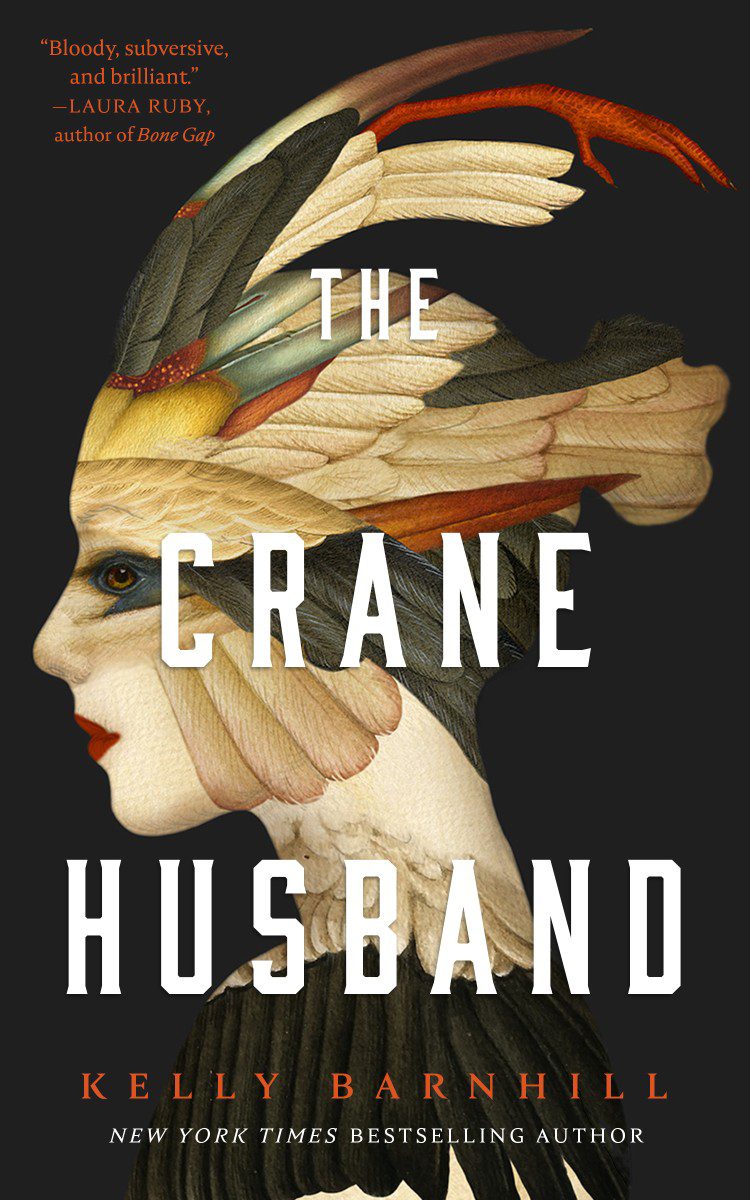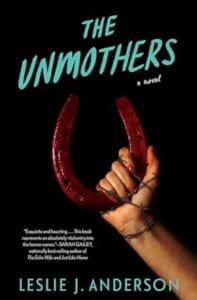
Synopsis
A fifteen-year-old teenager is the backbone of her small Midwestern family, budgeting the household finances and raising her younger brother while her mom, a talented artist, weaves beautiful tapestries. For six years, it’s been just the three of them—her mom has brought home guests at times, but none have ever stayed.
Yet when her mom brings home a six-foot tall crane with a menacing air, the girl is powerless to prevent her mom letting the intruder into her heart, and her children’s lives. Utterly enchanted and numb to his sharp edges, her mom abandons the world around her to weave the masterpiece the crane demands.
Review
The Crane Husband by award-winning author Kelly Barnhill is a retelling of a Japanese folk story, The Crane Wife. In this beautifully written novella, Barnhill explores generational trauma and abuse in a way that is haunting and evocative.
The story of the folktale is a warning against greed and how loving relationships can turn abusive in its presence. The Crane Husband is not merely a gender-bending version of that story. The story is told from the point of view of a 15-year-old girl who lives with her mother and brother on the outskirts of a farm. The story is set in the near future, where conglomerates have taken over farms and replaced farmers with drones. The mother is a talented weaver and earns her living by weaving beautiful tapestries. The story starts when she brings home a 6-foot-tall, mean-looking, and leery crane. She instructs her children to call the crane “Father.” The mother is completely enamoured by the crane, locks herself in her work room with it, and stops doing household work or spending time with her children. More disconcerting are the wounds and marks that start appearing on her body.
It is a heartbreaking story that shows how domestic abuse affects children and how they are robbed of their childhood. The social services are concerned about the main character and her brother, and the main character has to fight to put up a front of everything being normal. That’s because, despite the goodwill of the social workers, she knows the system will separate her from her brother, and that will affect both of them irreparably.
The novella also shows the cyclical nature of trauma in the women of a family. Our main character’s mother keeps telling her how the women in their family turn into birds and fly away. “On the farm,” she said quietly, “mothers fly away like migrating birds.” And fathers die too young. This is why farmers have daughters. to keep things going in the meantime, until it’s our time to grow wings. “Go soaring away across the sky.“
But are they turning into birds? Or are they just abandoning their family to sate their own needs, and the daughters are reinterpreting it in such a way as to prevent heartbreak? And that heartbreak leads them to believe they can “fly away” too.
The writing in this novella is simple yet beautiful. The simple prose serves the purpose of making the extraordinary seem ordinary and creating a dream-like effect. The horror aspect comes from the everyday horror of slowly losing a loved one and feeling helpless in the process.
This story is unlike anything I’ve ever read. This is not a mere retelling of a folktale; this is a story woven with metaphors and imagery and familial love, not unlike a rich tapestry itself.








Leave a Reply